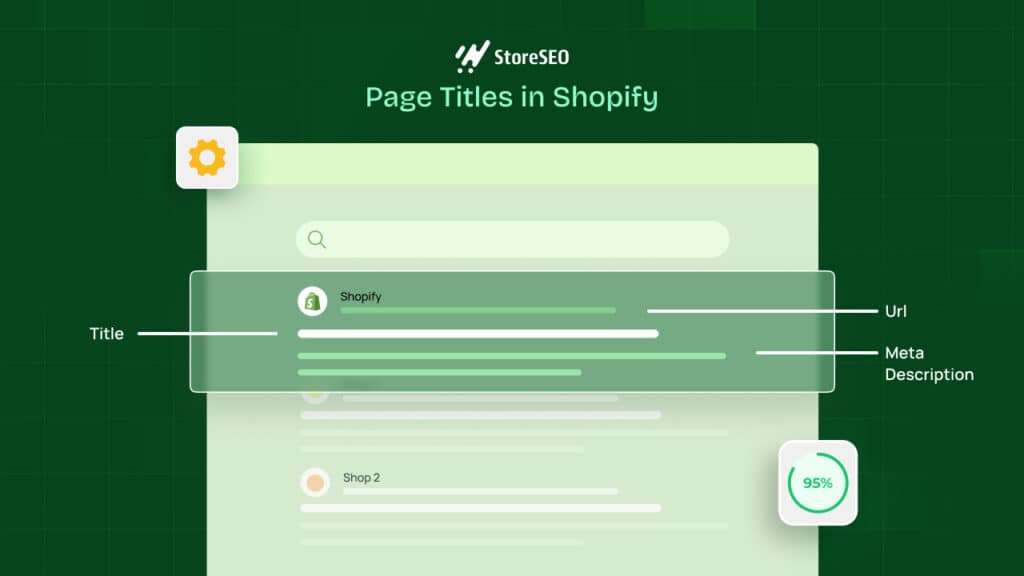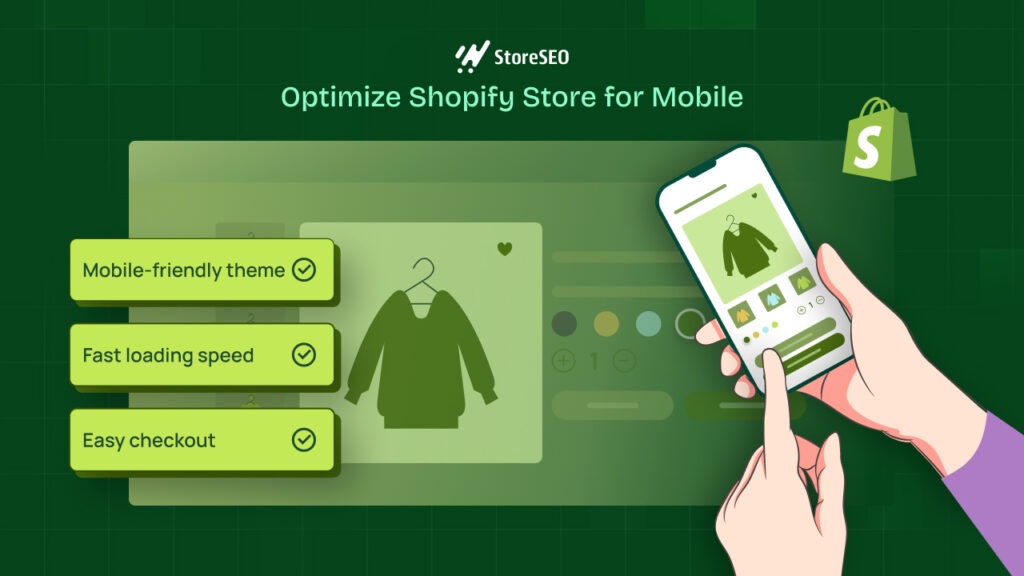ALT Text is the additional text that you can add to an image on your website. Filling up your ALT text fields is an excellent strategy to increase your Image SEO and rank for more keywords. If you’re lucky, your images may even appear on Google Images, which can send a lot of traffic to your site. In this post, we will discuss Alt Text best practices so that you can conduct image SEO correctly.

What Is Alt Text & Why It Is Necessary For SEO?
Alt text is a vital part of on-page SEO optimization. Proper alt text optimization increases your website’s chances of ranking in Google image search. Yes, Google image search uses alt text as a ranking factor.
Depending on the specialization and uniqueness of your website, Google image search traffic can play a significant part in its overall success.
In the case of eCommerce websites, for example, consumers frequently begin their product search with a Google image search rather than putting the product name into the usual Google search.
Most Basic Usefulness Of Alt Text For Your Website
Alternative text plays a vital role in your website. Search engines leverage alt text to deliver search results because it adds semantic meaning and a description of an image.
- Adding alternate text to photos on your website is a web accessibility practice.
- Alt properties allow screen readers to interpret information about on-page images for the benefit of those who are visually impaired, or otherwise unable to see the images on the page.
- If an image file cannot be loaded, alt text will be shown in its alternative.
- Alt text gives greater picture context/descriptions to search engine crawlers, assisting them in correctly indexing and ranking an image in image search. It also gives contextual information about the page’s content to search engines.

Essential Tips For Writing Good Alt Text
Adding appropriate alt text to images is one of the simplest methods to improve the accessibility of your website. However, it is not always simple to master – and if done incorrectly, it may potentially harm adaptability.
1. Try To Be Precise & Concise
Describe the image’s substance without being editorial. Say what you observe – and don’t make assumptions about race or gender; about what’s going on behind the camera; about a subject’s intentions, and so on.
One of the finest ideas we’ve heard is to imagine how you’d describe the image over the phone.
A few words are generally sufficient, although a whole phrase is sometimes needed. Keep in mind that screen readers may cut off alt text at roughly 125 characters, so keep that in mind.
2. Only Use Your Keyword Once
Assume we have a single product with many photos. Your keyword should only appear in the Alt Text of one image. By including your keyword in one of your product photos, you are informing Google that you want to rank for this phrase.
So, for example, if my keyword is “Shopify Products,” We want to make sure that one of our photographs has this in the Alt Text.
When Google sees this term (keyword) repeated in your product title, meta description, page title, and product description, as well as Alt Text Images, they will think, “Oh, I see it! They want to be number one ranked for this word!”
3. Exclude Keyword Stuffing
Google will not deduct points for badly written alt text, but you will be penalized if you utilize your alt text to jam as many relevant keywords as you can think of into it. Leave it at authoring meaningful text that offers context for the image and, if feasible, contains your desired keyword.
4. Use Related Keywords On Images
The Alt Text for the remaining photos should be different. Having stated that, it is OK to use comparable wording. Actually, We encourage it!
Consider these additional photos to be relevant terms. They aren’t identical or exactly similar, yet they are connected.

If your major keyword is “Corsair Hydro Pro,” then perhaps your other photos can include comparable phrasing, such as “Gaming Mouse” or something similar.
Including diverse keywords in your Text descriptions is an excellent method to try to rank for more keywords. Consider it like casting a trap into the internet and attempting to catch more keywords.
5. Include Your Target Keywords
Alt text gives you another chance to include your target keyword on a page, and therefore another chance to signal to search engines that your website is highly relevant to a certain search term. While your primary aim should be to describe and contextualize the picture, if possible, add your keyword in the alt text of at least one image on the page.
6. Avoid Use Images As Text
This is more of a general SEO-friendly site-building guideline than an alt text-specific best practice. You should avoid using images in place of words since search engines cannot understand the text within images. If necessary, clarify what your photo says in the alt text.
How To Add Image Alt Texts To Products On Shopify?
With the StoreSEO app, you can add an image alternative text that describes the product image to customers who are unable to view it. After conducting keyword research, you can include the term in the alt text of your product image and rank it in Google search.
Step 1: Install StoreSEO App On Shopify
First, install and activate the StoreSEO app on your Shopify store. Then, from the ‘Apps’ menu, pick the ‘StoreSEO’ app.
Step 2: Add Products To Your Store
Now, select the “Product list” option from above to get a list of all your Shopify items with descriptions.

To add keywords and tags, click the “Edit” button next to the product details.

Step 3: Add Texts To Product Images
To customize the alt text of each of your Shopify product photos, click the “Edit Image Alt Text” button.

To describe your Shopify product, you can now include descriptive text or the focus keyword. To save your progress, click the “Save Changes” button. You will see the adjustments in the SEO score are instantly visible.

Bonus: How To Perform Keyword Research For Shopify?
One of the first things you should learn about Shopify SEO is how to rank your items using the proper keywords. After all, every potential buyer uses precise search phrases to find the items or services they need, and you want your shop to appear at the top of the results pages when they do.
So, how do you determine which keywords to use? In this tutorial, you can learn how to do keyword research for Shopify and target the appropriate search keywords to easily generate traffic to your online shop.
Enjoyed this post? Make sure to subscribe to our blog for more fun tutorials or join our friendly Facebook Community.








